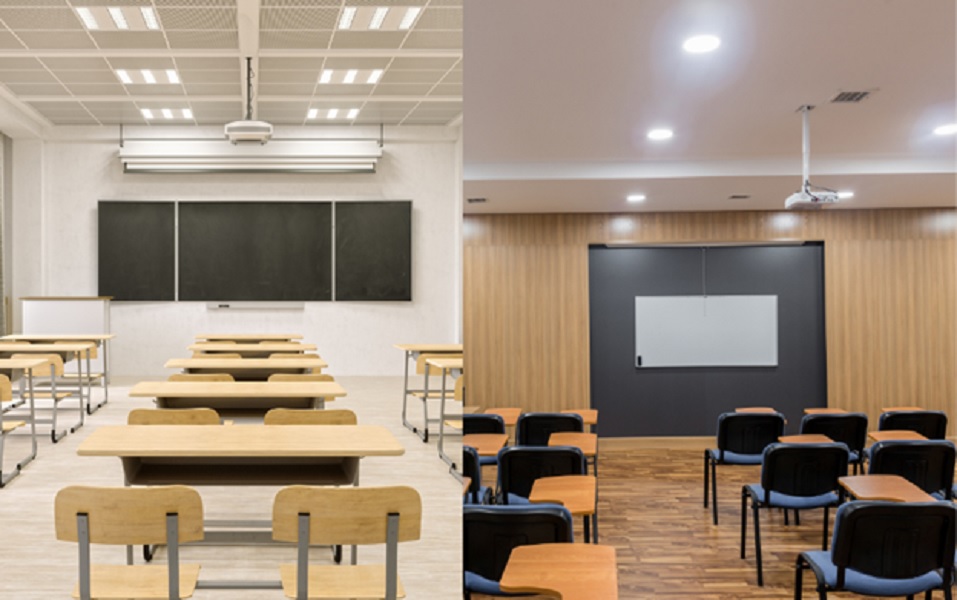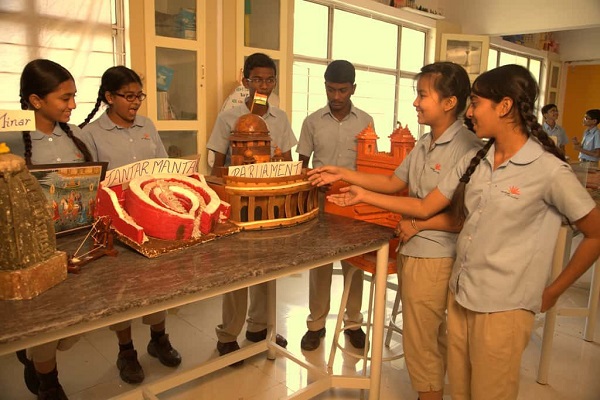Key Differences Between Singapore Higher Secondary Schools and International Secondary Schools

Secondary education in Singapore is diverse, offering students several options that cater to varying academic paths and career aspirations. Two prominent routes are attending a Singapore higher secondary school or enrolling in an international secondary school. While these schools provide quality education, they have distinct characteristics that set them apart. This article explores the critical differences between these institutions, giving parents and students a clearer understanding of what each offers.
1. Curriculum Focus
One of the most significant differences between a Singapore higher secondary school and an international secondary school in Singapore is the curriculum. Higher secondary schools in Singapore typically follow the national curriculum, culminating in the Singapore-Cambridge GCE ‘A’ Level examinations. This curriculum is known for its rigour, emphasising mathematics, science, and language arts. It prepares students to enter local and international universities, particularly Singapore and the UK.
On the other hand, international secondary schools in Singapore often offer global curricula like the International General Certificate of Secondary Education (IGCSE) and International Baccalaureate (IB) programmes. These curricula provide a broader educational scope, encouraging students to explore various subjects, including arts, humanities, and international perspectives. The flexibility of the IGCSE and IB programmes is appealing to students who may wish to study abroad or pursue diverse career paths.
2. Teaching Methods
Singapore’s higher secondary schools are renowned for their structured and teacher-centric approach. Instruction in these schools is highly systematic, with teachers guiding students through a set syllabus. Lessons are generally exam-focused, with students expected to demonstrate mastery through tests and assignments. This systematic approach ensures that students are well-prepared for national exams. Still, it may limit the opportunity for creative exploration or independent learning.
Conversely, international secondary schools in Singapore emphasise a student-centric approach. Teaching methods in these schools encourage critical thinking, inquiry-based learning, and collaborative projects. Rather than memorising content for exams, students are taught to apply knowledge in real-world situations. This approach is designed to develop academic abilities and skills such as problem-solving, teamwork, and communication.
3. Assessment Methods
In Singapore’s higher secondary schools, assessments are typically structured around formal exams. These exams are crucial, as they determine a student’s progression through the education system and future higher education opportunities. As a result, the examination period can be stressful for students, with a significant focus on achieving high scores.

International secondary schools, particularly those offering the IGCSE in Singapore, take a more holistic approach to assessment. While exams still play an essential role, continuous assessment through coursework, projects, and presentations also contributes to a student’s final grade. This balanced assessment style can alleviate some of the pressure associated with traditional exams and provides a more comprehensive evaluation of a student’s abilities.
4. Global Perspectives and Cultural Exposure
International secondary schools in Singapore offer a distinctly global outlook. With a diverse student body from various countries, these schools are designed to foster international-mindedness and cultural awareness. Subjects are often taught internationally, allowing students to appreciate global issues and develop a well-rounded worldview. This exposure can be invaluable for students pursuing careers in international industries or studying abroad.
In contrast, higher secondary schools in Singapore focus more on the national context. While students receive a high-quality education, the environment could be more international. The curriculum is mainly Singapore-centric, reflecting the needs and values of the local community. Nevertheless, students still have the opportunity to learn about global issues, albeit with a stronger emphasis on Singapore’s role in the world.
5. Extracurricular Activities and Development Opportunities
Higher secondary schools in Singapore place significant importance on co-curricular activities (CCAs), which are integral to students’ holistic development. CCAs in these schools are typically well-structured and closely aligned with the values of the national curriculum. Students are encouraged to excel in sports, the arts, and community service. Participation in CCAs is often a factor in school-based assessments and university applications.
International secondary schools offer a more varied range of extracurricular activities. These schools are known for their extensive programmes, which may include activities not commonly found in national schools, such as Model United Nations, international music competitions, and global community outreach initiatives. The emphasis here is on nurturing leadership qualities, creativity, and social responsibility, often with a broader international scope.
6. University Pathways
The academic path students follow can significantly influence their university choices. Students from Singapore higher secondary schools tend to apply to local universities or institutions in the UK, Australia, and the US, as the ‘A’ Level qualification is widely recognised in these countries. Higher secondary schools focus heavily on preparing students for the competitive entry requirements of top-tier universities.
In international secondary schools in Singapore, students following the IGCSE and IB programmes have the advantage of a globally recognised qualification that opens doors to universities worldwide. The IB programme, particularly, is highly regarded by universities in Europe and North America. International school students often explore a broader range of higher education opportunities, including institutions in countries such as Canada and Switzerland.
7. Class Sizes and Learning Environment
Class sizes in Singapore’s higher secondary schools can be larger, particularly in public institutions. The larger student-to-teacher ratio can sometimes make it challenging for teachers to provide individual attention. However, this environment fosters a strong sense of discipline and competitiveness, which drives academic excellence.
International secondary schools generally have smaller class sizes, which allow for more personalised learning and more significant interaction between students and teachers. The smaller class environment promotes a more relaxed atmosphere, where students feel comfortable asking questions and engaging in discussions. This can particularly benefit students who thrive in interactive and supportive settings.
In conclusion, choosing between a Singapore higher secondary school and an international secondary school depends on a student’s academic goals, learning preferences, and future aspirations.
For more information, contact EtonHouse today.








